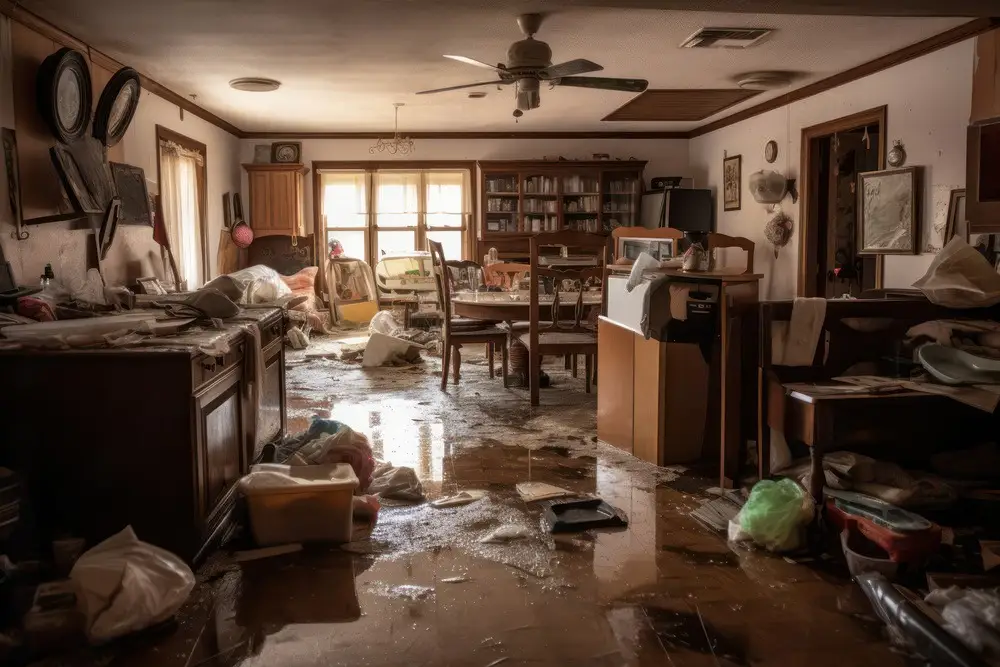
The Ultimate Guide to Assessing Flood Damage in Your Home
Floods are one of the most devastating natural disasters, leaving behind a trail of destruction that can take years to recover from. Whether caused by heavy rain, burst pipes, or overflowing rivers, floodwaters can wreak havoc on your home. In such situations, it’s crucial to assess the extent of the damage promptly to initiate the necessary repairs and prevent further deterioration.
In this comprehensive guide, we’ll walk you through the steps of assessing flood damage in your home to help you navigate through this challenging time.
The Proper Way to Assess Flood Damage in Your Home
Step 1: Safety First
Before you begin assessing the damage, ensure your safety and that of your family. Turn off the electricity and gas supply to prevent any potential hazards. If the water level is high or there’s structural damage, it’s best to wait for professionals to assess the situation.
Step 2: Document the Damage
Documenting the damage is essential for insurance claims and restoration purposes. Take photographs and videos of the affected areas before starting any cleanup or repairs. Make detailed notes of the damage to provide accurate information to your insurance company.
Step 3: Assess Structural Damage
Inspect the structural integrity of your home. Look for signs of cracks, bulging walls, or foundation damage. Pay close attention to the basement and lower levels, as they are more susceptible to structural issues after flooding. If you notice any significant damage, consult a structural engineer or contractor for further evaluation.
Step 4: Check Electrical Systems
Water and electricity don’t mix well, so it’s crucial to inspect your electrical systems carefully. If your home has been flooded, do not attempt to turn on the power until a qualified electrician has inspected the wiring and appliances for water damage. Waterlogged electrical systems pose a significant risk of fire and electrocution.
Step 5: Assess Water Damage
Water damage can manifest in various forms, from soaked carpets and furniture to water stains on walls and ceilings. Remove any standing water using pumps and wet vacuums and dry out the affected areas as soon as possible to prevent mold growth. Dispose of any contaminated materials, such as insulation or drywall, that cannot be salvaged.
Step 6: Check for Mold Growth
Mold can start growing within 24-48 hours of a flood, so it’s crucial to act fast. Inspect hidden areas like behind walls and under flooring for signs of mold growth. Mold can cause serious health issues, so if you detect any mold, it’s best to seek professional help for remediation.
Step 7: Evaluate Appliance Damage
Appliances that have come into contact with floodwater may be damaged beyond repair. Inspect your HVAC system, water heater, and other appliances for signs of water damage. It’s safer to have them inspected by a professional before attempting to use them again.
Contact ECOS for Flood Damage Repair
Assessing flood damage in your home can be a daunting task, but with proper guidance, you can navigate through the process effectively. Remember to prioritize safety, document the damage, and seek professional help when needed. And if you find yourself overwhelmed, don’t hesitate to reach out to a reputable restoration company like ECOS for flood damage repair assistance.
Our experienced team specializes in flood damage repair and will work tirelessly to restore your home to its pre-flood condition. Contact us today for a free consultation.

